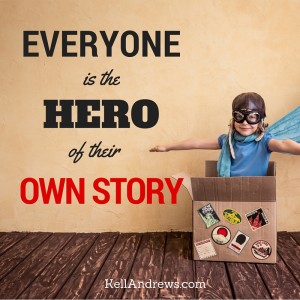On Wednesday, I took my daughters to see Maleficent. We’re going to see Wicked on Broadway today with Girl Scouts, which makes this Misunderstood Women Week.
Yesterday my older daughter mentioned Morgan La Fey, who she knows mostly from the Magic Tree House and Sisters Grimm series. I said the character she was really from King Arthur and that in that story, she wasn’t a good guy. Her eyes widened and she said, “Morgan La Fey is a bad guy?”
And of course my answer was, “It depends who is telling the story.”
 Sympathy for the Devil
Sympathy for the Devil
Jane Eyre was one of my favorite books as teen, and then in a college course on postcolonial novels came another favorite, Wide Sargasso Sea. Jean Rhys’s retelling of Jane Eyre from the point of view of Antoinette Cosway — Rochester’s wife — showed me that the mad woman in the attic may not be at all, but simply not able to tell her own story.
Retellings of classic tales from other points of view is a favorite form of YA and MG, and the viewpoint of the villain makes a story immediately fresh. There’s a reason little girls (and big ones) related better to conflicted Elsa in Frozen than open-hearted Anna. We all feel misunderstood at times, told to hide what makes us special, cast as the villain in narratives told about us.
Its frequently said that everyone is the hero of their own story. Every villain has motivations that could make them just as interesting as a main character — or more interesting.
Room for Both Sides of the Story
When I read Wide Sargasso Sea, it was both a revelation and an immediate, but it didn’t replace Jane Eyre for me. I could love them both — both novels, both Jane and Antoinette.
Similarly, there’s room for both sides of the story, even in a novel with a single point of view.
- Before you write, ask yourself, whose story is this?
- How would it change from another point of view?
- How would your antagonist tell it?
What’s your favorite retelling from an antagonist point of view? Do you consider and write your own stories with the antagonist viewpoint in mind?
